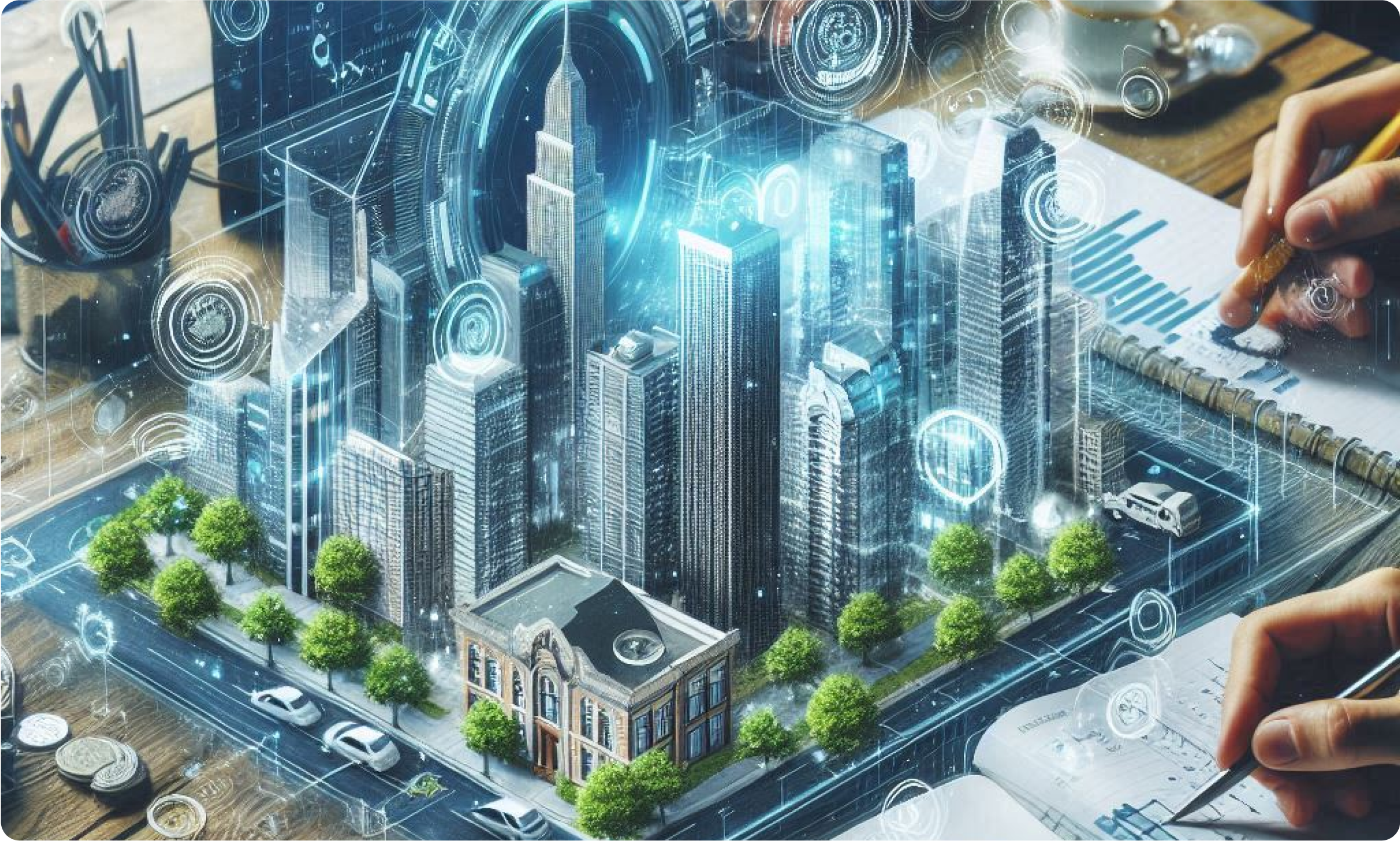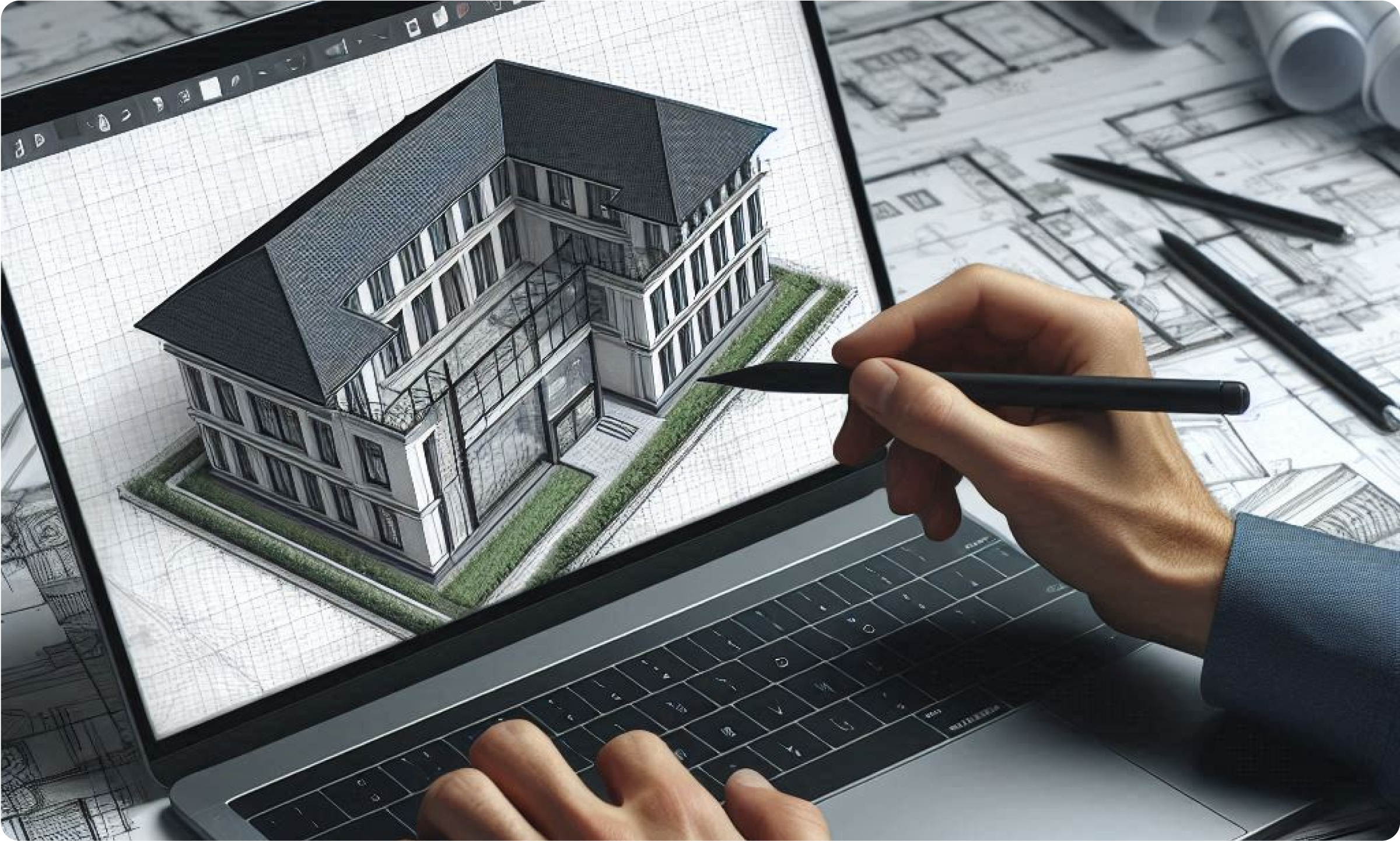Building Information Modeling (BIM) in the architecture, engineering, and construction (AEC) industry, has revolutionized how projects are conceptualized, designed, and executed. Now, in 2024, several trends are poised to transform the BIM landscape further. These trends include the integration of artificial intelligence (AI), advancements in visualization techniques, heightened focus on sustainability, and the growing importance of digital twins. This article will explore these trends.
AI Integration
Artificial intelligence (AI) is increasingly being integrated into BIM workflows, bringing automation and advanced data analysis to the forefront. AI algorithms can automate routine tasks such as clash detection, cost estimation, and scheduling, which traditionally require significant manual effort. This automation not only reduces human error but also accelerates project timelines and improves overall efficiency. AI also enables predictive analytics, where historical project data can be analyzed to forecast potential issues, such as delays or budget overruns, allowing teams to address challenges before they arise proactively.
In 2024, AI’s role in BIM is expected to expand further with the development of more sophisticated machine learning models. These models can learn from vast amounts of project data, enabling more accurate predictions and decision-making. For example, AI-driven generative design tools can explore thousands of design options in a fraction of the time it would take a human, providing optimal solutions based on specific project constraints and objectives. Industry experts suggest that AI will soon become an integral part of the BIM process, helping professionals to focus on creative and strategic aspects of their work while AI handles the more mundane and repetitive tasks.By 2020, the global COVID-19 pandemic further highlighted the importance of cloud technology in the AEC industry. With many professionals forced to work remotely, the need for reliable, real-time collaboration tools became more critical than ever. Cloud platforms such as Autodesk BIM 360, Procore, and Trimble Connect emerged as essential tools, allowing teams to continue working seamlessly despite the physical separation.
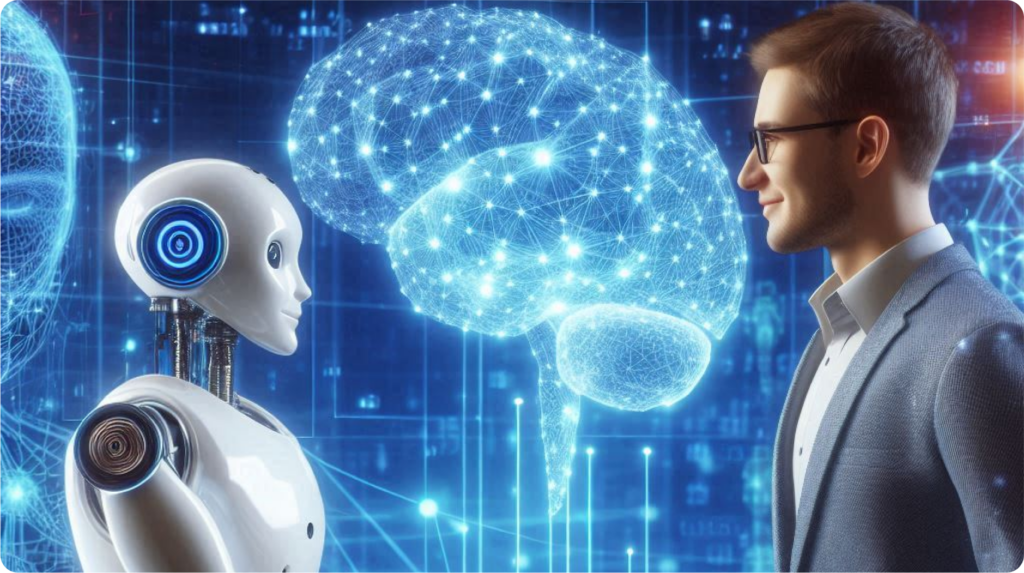
Enhanced Visualization Techniques
The visualization capabilities of BIM have always been one of its key strengths, allowing stakeholders to see a project in detail before it is built. In 2024, these capabilities are being pushed even further with the adoption of advanced visualization techniques such as augmented reality (AR), virtual reality (VR), and mixed reality (MR). These technologies provide immersive experiences that allow users to interact with BIM models in real-time, enhancing collaboration and communication among project teams.
AR, for example, enables project stakeholders to overlay BIM models onto real-world environments, providing a clear understanding of how the design will fit into the existing context. VR and MR, on the other hand, allow for fully immersive experiences where users can virtually walk through a building before it is constructed, identifying potential issues and making design adjustments early in the process. These technologies also facilitate better client engagement, as clients can visualize the end product more clearly and provide more informed feedback.
In addition to AR, VR, and MR, advancements in photorealistic rendering and real-time simulation are making BIM models more detailed and accurate than ever before. The integration of these enhanced visualization techniques into BIM workflows is expected to become more widespread in 2024, leading to better project outcomes and more efficient design processes.
Improved data accessibility is another critical advantage of cloud technology. In the past, AEC firms faced challenges in ensuring that all team members had access to the latest project information. With cloud-based systems, data is stored centrally and updated, ensuring that everyone is working from the most current set of documents. This not only enhances decision-making but also accelerates the overall project timeline.
Furthermore, cloud-based platforms have revolutionized project management within the AEC industry. Traditional project management methods often involved manual processes and were prone to delays and inefficiencies. Cloud platforms offer integrated tools that allow for the seamless management of resources, schedules, and budgets. These tools provide real-time updates and notifications, enabling project managers to respond quickly to any issues that arise and keep the project on track.
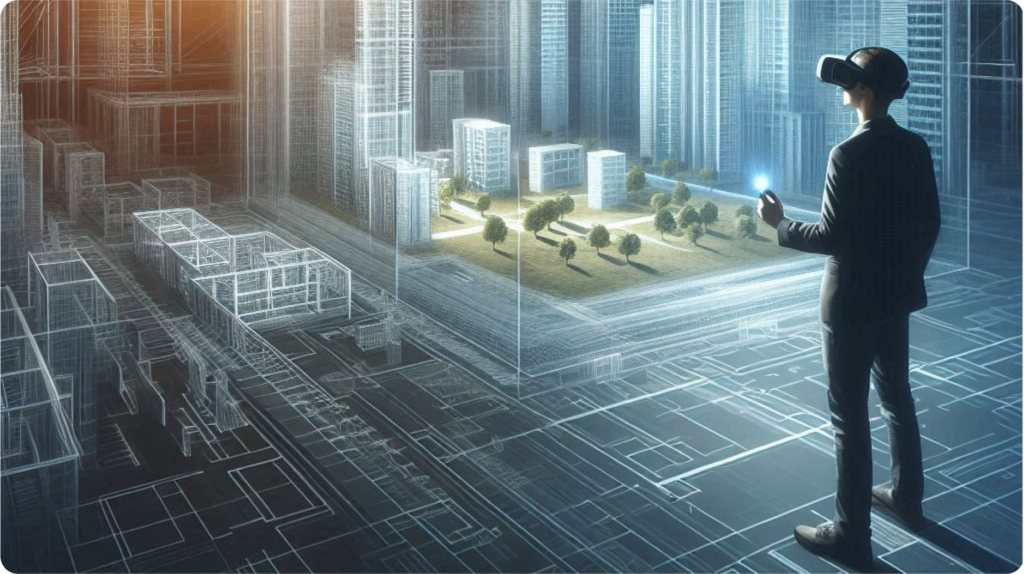
AR, for example, enables project stakeholders to overlay BIM models onto real-world environments, providing a clear understanding of how the design will fit into the existing context. VR and MR, on the other hand, allow for fully immersive experiences where users can virtually walk through a building before it is constructed, identifying potential issues and making design adjustments early in the process.
Sustainability Considerations
Sustainability has become a critical consideration in the AEC industry, and BIM is playing a pivotal role in advancing green building practices. In 2024, BIM is increasingly being used to assess and optimize the environmental performance of buildings throughout their lifecycle. This includes everything from energy efficiency and carbon footprint analysis to the selection of sustainable materials and construction methods.
One of the key trends in this area is the integration of BIM with Building Performance Analysis (BPA) tools. These tools allow for the simulation of a building’s energy use, daylighting, and thermal comfort, enabling designers to make informed decisions that minimize environmental impact. BIM’s ability to store and manage vast amounts of data also supports the use of Life Cycle Assessment (LCA) in the design process, helping teams to evaluate the environmental impact of materials and construction processes over the entire lifespan of a building.
Moreover, as governments and regulatory bodies worldwide tighten sustainability standards, BIM is becoming an essential tool for ensuring compliance with green building certifications such as LEED (Leadership in Energy and Environmental Design) and BREEAM (Building Research Establishment Environmental Assessment Method). Industry experts believe that in 2024, the demand for sustainable building solutions will continue to rise, making BIM indispensable for meeting these challenges.
One of the key trends in this area is the integration of BIM with Building Performance Analysis (BPA) tools. These tools allow for the simulation of a building’s energy use, daylighting, and thermal comfort, enabling designers to make informed decisions that minimize environmental impact. BIM’s ability to store and manage vast amounts of data also supports the use of Life Cycle Assessment (LCA) in the design process, helping teams to evaluate the environmental impact of materials and construction processes over the entire lifespan of a building.
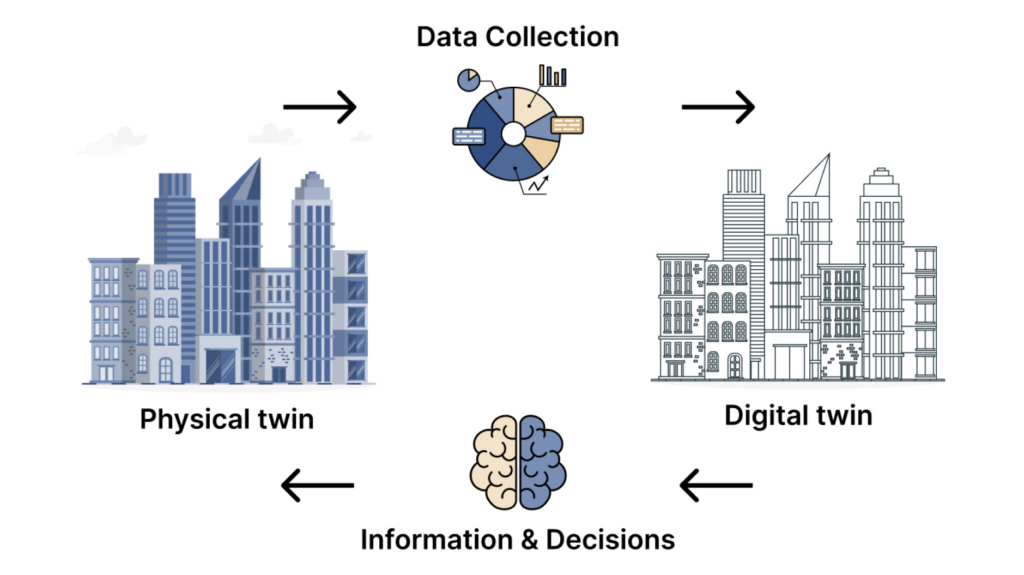
The Rise of Digital Twins
Digital twins are emerging as a powerful trend in BIM, offering a dynamic, real-time digital replica of a physical building or infrastructure. In 2024, the use of digital twins is expected to expand significantly, driven by their ability to improve building management, maintenance, and operations.
A digital twin integrates data from BIM models with real-time data from sensors and IoT devices embedded in a building. This allows for continuous monitoring of the building’s performance, enabling facilities managers to optimize operations, predict maintenance needs, and reduce operational costs. For example, a digital twin can track the energy usage of a building in real-time, identify inefficiencies, and suggest corrective actions to reduce energy consumption.
Furthermore, digital twins support scenario planning and simulations, allowing building managers to test different strategies for improving performance without disrupting actual operations. As the technology behind digital twins becomes more advanced, their application is expected to extend beyond individual buildings to entire smart cities, where they can play a crucial role in urban planning and infrastructure management.
Industry experts believe that the rise of digital twins represents a paradigm shift in how buildings are managed, offering unprecedented levels of insight and control. In 2024, the integration of digital twins into BIM is expected to become more common, leading to smarter, more efficient buildings and infrastructure.
Building Information Modeling (BIM) continues to evolve, driven by advancements in technology and increasing demands for efficiency and sustainability in the AEC industry. The integration of AI, enhanced visualization techniques, sustainability considerations, and the rise of digital twins are some of the key trends shaping the future of BIM. These trends not only enhance the capabilities of BIM but also push the boundaries of what is possible in building design, construction, and management. As these innovations continue to develop, BIM is set to remain at the forefront of the AEC industry, enabling more intelligent, sustainable, and efficient building practices.

